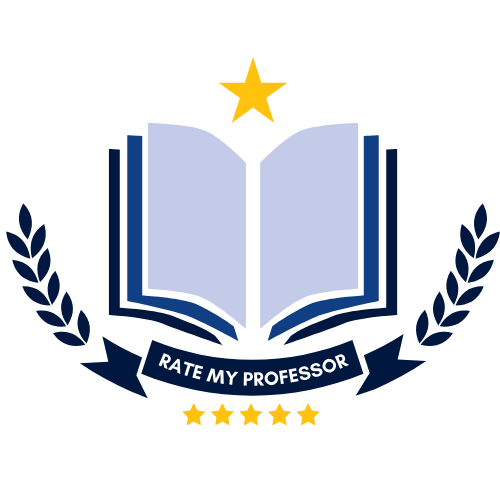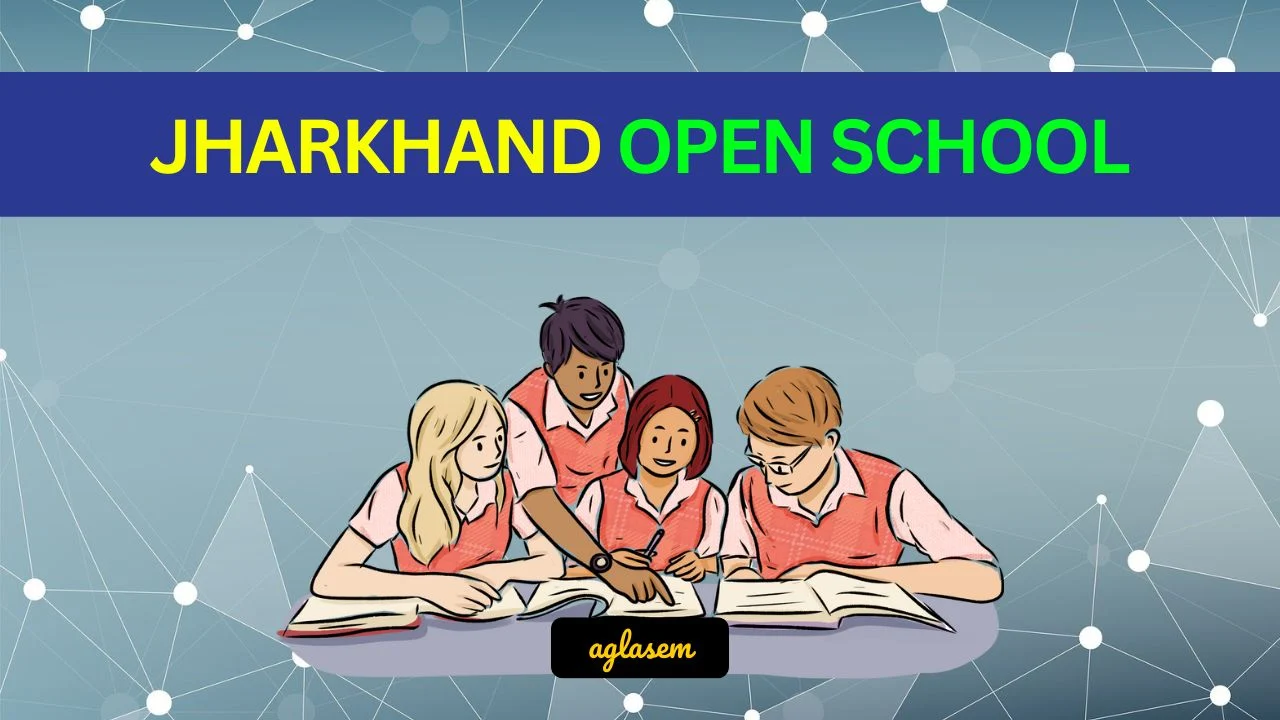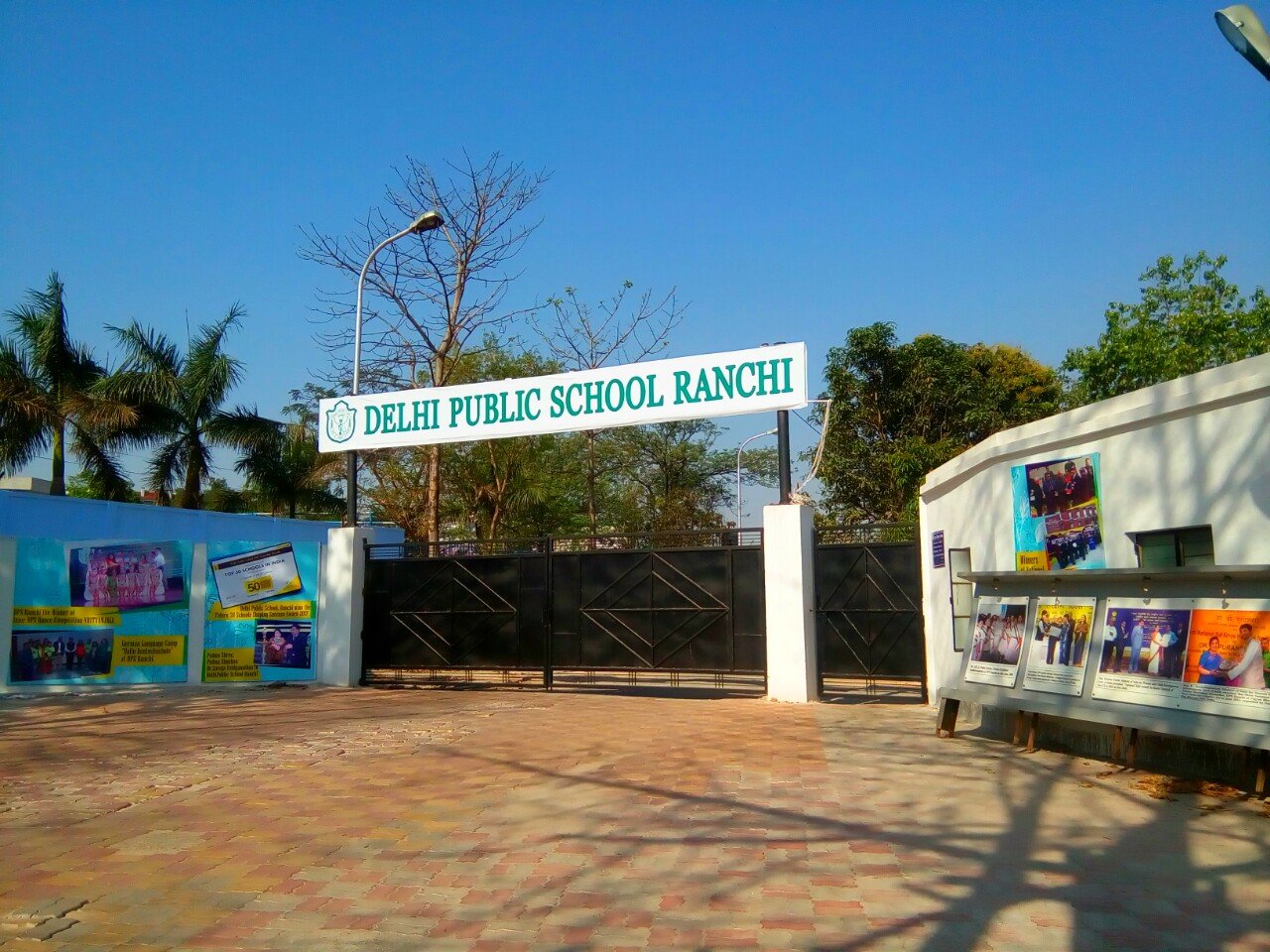With the amalgamation of different concepts, facts, or elements, synthesis is wilfully going towards a unitary, coherent whole. It has been translated into Hindi as “संश्लेषण” (Sanshleshan), meaning assembling different parts to form a different understanding or theory. It should be considered an important part of learning because new ideas are generated when students combine knowledge or information derived from different sources.
This is a deeper level than mere “repeating” or “summarizing” as much of what has been said by others; it involves analyzing, comparing, and forming new meaning from different inputs. Synthesis demands this expectation in academia, research, and solving problems in the real world.
What Does Synthesis Mean in Hindi?
The term “संश्लेषण” (Synthesis) in Hindi is made from two roots: “सं” meaning together, and “श्लेषण” meaning integration or joining. Together, they signify sheng or fusing a few pieces of information or views. Synthesis is connecting different ideas into some made concepts in education, as well as creating new perspectives and applying those insights to various contexts.
Data collected does not guarantee understanding the ideas understanding offers the possibilities of relating them to each other and thus turning them into something new and value-adding.
Why Synthesis Is Crucial in Education
Promotes Deep Thinking and Reasoning
Synthesis is against rote learning that builds a student’s capacity for critical thinking. It presents learners with the opportunity to analyze and rethink their ideas to develop new ones through deep engagement with the subject material. At this point, synthesizing students learn to put each resource into its proper place by identifying its link to others.
Improves Academic Writing and Communication
Synthesis is particularly important in writing soundly constructed arguments in higher education, especially in disciplines involving research. Instead of paraphrasing facts, students must encode various sources into one coherent, yet enlightening narrative.
Encourages Multidisciplinary Learning
The modern educational system is graduating towards the blended knowledge map among subjects. The students see dimensional resourcefulness that synthesizes physics into engineering or ethics with artificial intelligence. Holistic learning opens up wider avenues for better synthesis.
Boosts Creativity and Innovation
Synthesis involves combining concepts from different sources so the flow of original ideas and perspectives can occur. This form of thinking is crucial in innovation, particularly in design, literature, science, and technology.
How Synthesis Is Applied in Educational Settings
- Academic Writing and Research
Synthesis enables learners to combine perspectives read from books, articles, and websites in essays and research. For example, a student writing about climate may draw evidence from scientific journals, historical documents, and government publications to present a balanced, well-reasoned argument.
- Class Debates and Presentations
Students must hear opposing viewpoints and build a consensus using knowledge from various textbooks while exposing their arguments through the account of various experiences. Synthesis contributes to clarity, coherence, and logic in the arguments.
- Interdisciplinary Projects
Projects requiring a combination of different subjects do require synthesizing different skills, like the building of a robot-engineering + coding + design. These activities allow students to make productive connections between theories, tools, and outcomes.
- Analyzing Literature and Art
Texts assigned in literature classes are often put to good use by students diffusing themes, character growth, or stylistics through a comparison. This kind of comparative thought is an example of synthesis, whereby a student generates an interpretation of a new work based on several other works.
- Solving Scientific and Mathematical Problems
Synthesis is the linchpin of STEM education. For example, having a good, deep understanding of biology integrated with chemistry knowledge gives one a deeper understanding of human physiology. Interdisciplinary problem-solving in science considers information obtained from several experiments or theories to yield a novel solution or breakthrough.
Synthesis and Bloom’s Taxonomy
The way it works is that the original text is rephrased in a new way, without losing the original meaning of the words in the sentences. By understanding the above statement, the synthesis is made. Uses higher-order cognitive processes by learners to create new schemas or suggest alternative ways of doing things. This is one of the levels of learning in Bloom’s Taxonomy. Today, it is more often thought of as creating and lies at or near the top of the hierarchy of levels.
At this level, students might need to :
- Innovate a completely new theory or model
- Develop a solution for multifaceted problems
- Construct an all-around argument bringing together diverse viewpoints
Thus, it can be concluded that synthesis is a higher order thinking skill necessary to be considered for reaching the goals of higher education.
Synthesis vs. Summary: Know the Difference
Both synthesis and summary involve reading and understanding content. However, they are not the same.
- A summary shortens the information and presents only the crucial aspects.
- Synthesis goes beyond that towards the construction of a unique, insightful conclusion based on the multiple sources that are drawn together.
In academic terms, summaries probably reflect a more rudimentary level of understanding, while synthesis indicates a deeper and more highly analytical grasp.
Strategies to Teach Synthesis in Schools
- Encourage Thematic Assignments Across Subjects
Develop tasks that interrelate topics in different fields. An interdisciplinary assessment of environmental justice could include science, law, and sociology and prompt students to forge links between areas.
- Introduce Visual Thinking Tools
A mind map joined with a concept chart helps students connect ideas and information visually. It facilitates the synthesis process through a visual showing how these various elements relate to one another.
- Use Reflective Practices
Instruct students to maintain journals or reflections on their learning, focusing on how various ideas came together to develop their understanding. Reflection facilitates the internalization and synthesis of knowledge.
- Assign Source-Based Essays
Rote learning may not help, but students may be required to write argumentative papers that ask for a multitude of references. Such a task provides the stimulus for reading, analyzing, and forming new arguments with varied knowledge.
- Facilitate Peer Interaction and Group Work
Group work and discussion as a process of collaborative learning promote interaction with exposure to different perspectives for students, thus resulting in developing ideas that are richer and nuanced. Evthition of excitement for things much like class learning that offer superior group engagement, students are curious about something.
Digital Tools That Aid in Synthesis
- MindMeister / Coggle: An online website to create a diagram showing the relationship between various ideas.
- Google Scholar / JSTOR: Databases that provide access to a vast amount of academic materials
- Collaborative platforms- e.g., Padlet, Jamboard- for gathering and incorporating insights in collective settings.
- AI-based note takers for compiling and connecting research material with ease.
Conclusion
The significance of Synthesis, or the Hindi word “संश्लेषण,” operates in a transformative fashion within education. It primarily breeds a step for students to leave the surface and embark on creative, responsible, and connected thinking. Be it essay writing or solving intricate scientific problems, synthesis allows the learner to draw from different sources, combine ideas, and produce new outcomes.
This becomes necessary since synthesis is not only an appropriate, but an imperative skill to teaching as education systems fast change to meet global demands. In so doing, the students readily learn to think independently, to communicate orally and in writing, and to innovate boldly in any field they care to pursue.
Also Read: NEET Full Form – What You Need To Know











